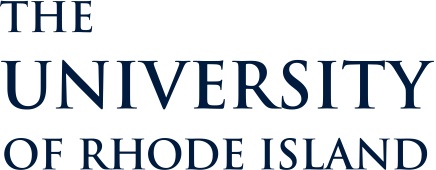Newswise — With concerns about global warming on the rise, a team of scientists from the University of Rhode Island and the Hellenic Center for Marine Research in Greece are trying to improve the current understanding of the ocean's role in transferring carbon dioxide from the surface to the deep sea.
Led by URI Professor of Oceanography S. Bradley Moran, the scientists have just completed their second research cruise of 2005 to study the carbon cycle " the movement of carbon atoms from land to air to sea.
According to Moran, carbon dioxide from the atmosphere is transferred to seawater, where phytoplankton " microscopic marine plants " in the upper layers of the ocean use it during photosynthesis. When those plants eventually die, some of that carbon sinks to the ocean bottom.
"How much is sinking? What are the controlling mechanisms? Those are our most basic questions, and there's an ongoing debate in the scientific community about it," said the Kingston resident.
If all the extra carbon dioxide being added to the atmosphere by fossil fuel combustion sunk to the ocean bottom, it could potentially reduce global warming.
Using particle-collecting sediment traps and measurements of the naturally occurring radioactive isotope thorium-234, the researchers have collected data from the Arctic Ocean, Mediterranean Sea and North Atlantic Ocean to compare the magnitude of sinking carbon in different locations and at different times of the year. According to Moran, the data so far suggests that there are interesting differences from season to season and from place to place.
Because there is no light for half the year in the Arctic, no photosynthesis occurs during the winter and therefore less carbon sinks through the ocean water column. But with the constant light and ice melting that occurs during the summer months, there is a rapid and active biological growth cycle that increases the amount of carbon that sinks to the deep sea. Conversely, there is less seasonal variability in phytoplankton growth and the associated sinking of carbon in the Mediterranean, which is low in nutrients. The magnitude in the North Atlantic falls in between that of the Arctic and Mediterranean.
Moran said that in addition to data collection, the researchers have been focusing on how to obtain the most accurate measurements of sinking carbon. "We're challenging the existing view on how it should be done, so we're not particularly popular right now among all of those studying the carbon cycle," he said.
The next step in the researchers' project is to determine what mechanisms control the sinking carbon. They will study how fast and how far the carbon sinks, and the extent to which it eventually returns to the surface or remains in the bottom waters and sediments.
Funded by the National Science Foundation, the joint research project with the Hellenic Center for Marine Research is an outgrowth of a partnership established between URI and the Center in 2001. Two Rhode Island high school teachers participated in the research as part of the state-funded Rhode Island Endeavor Program. Steve Vincelette of South Kingstown High School participated on the Mediterranean cruise in May, and Lucy Rainho of Shea High School in Pawtucket was on the North Atlantic cruise in August.
